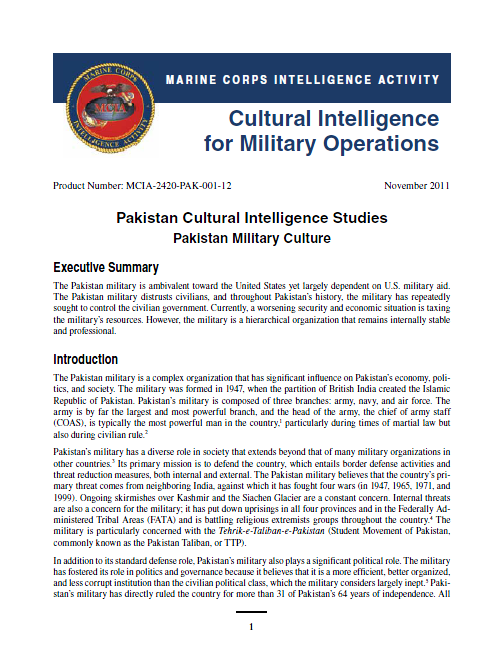A day-long standoff between the Punjab Police and three terrorists who had holed up in an abandoned housing complex in the Dinanagar Police Station campus in the Gurdaspur District of Punjab in the early hours of July 27, 2015, ended with the killing of the last of the three terrorists just after 5 pm. A Superintendent of Police and three Home Guards also lost their lives in this gratuitous attack, which included the killing of three civilians in random shootings by the terrorists that led up to the final denouement at the Police Station. Separately, five bombs were found and defused on the Amritsar-Pathankot railway track in Gurdaspur, and initial speculation has linked these to the same group.
There are few surprises here: preliminary evidence, including data on two GPS devices recovered from the slain terrorists, indicates that they entered India from the Shakargarh area of Pakistan; while conclusive identification is yet to be made, there is little doubt that these are Islamist terrorists; the pattern of the attack bears striking resemblance to a succession of so called fidayeenattacks in Jammu & Kashmir (J&K); the Centre claims that it had been warning Punjab of an imminent attack for some time; the Punjab Chief Minister Parkash Singh Badal claims that the Centre provided no intelligence of any impending threat and had also failed in its duty to prevent infiltration across the international border. Union Home Minister Rajnath Singh has declared, once again, that India would give a “befitting reply” to this new provocation from Pakistan. Nevertheless, initial reports suggest that talks with Pakistan are to continue and the scheduled meeting of Prime Ministers Nawaz Sharif and Narendra Modi in 2016 is still on. Jitendra Singh, Minister of State in the Prime Minister’s Office, speaking even while the operation was ongoing, asserted that Pakistan’s Inter-Services Intelligence (ISI) – the principal sponsor of terrorism in the South Asian region – was likely to be behind this latest attack. Several commentators also speculated that the terrorists were probably affiliated to the Lashkar-e-Taiba (LeT), the Islamist terrorist formation that has long enjoyed the open and enthusiastic support of the Pakistani state.




